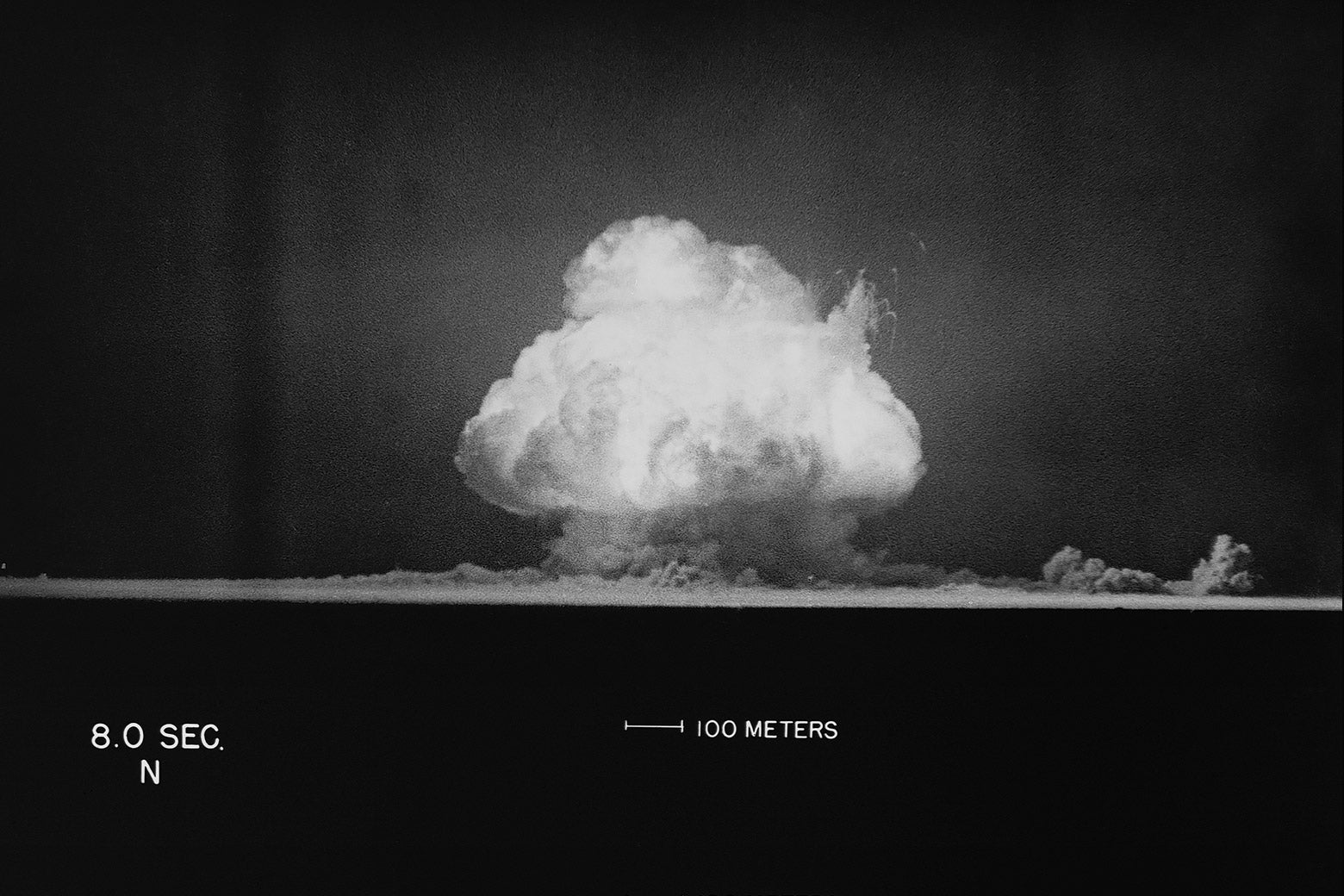
"On July 16, 1945, the Nuclear Age erupted into being, with the atomic bomb's first test, code-named Trinity, in the desert of New Mexico."
"Three weeks after Trinity, two more A-bombs were dropped from American planes onto Japanese cities-Hiroshima on Aug. 6, Nagasaki on Aug. 9-incinerating them in a single stroke."
"The scientists of the Manhattan Project recognized- felt-its epochal shudder. J. Robert Oppenheimer famously recalled the Bhagavad Gita, 'I am become death, the destroyer of worlds.'"
"One gulp-worthy thing about the Trinity bomb, and the ones dropped on Japan shortly after, is that they were pinpricks compared with the thermonuclear warheads in the world's arsenals today."
The detonation of the Trinity bomb on July 16, 1945, marked the beginning of the Nuclear Age, leading to the bombings of Hiroshima and Nagasaki three weeks later. The Manhattan Project scientists recognized the monumental implications of their work. Oppenheimer famously quoted the Bhagavad Gita in reflection of the bomb's destructive power. While the Trinity test produced a blast equivalent to 24 kilotons, modern thermonuclear warheads far exceed this, representing a significant escalation in destructive capabilities and underscoring the lasting impact of nuclear weapons on global dynamics.
Read at Slate Magazine
Unable to calculate read time
Collection
[
|
...
]